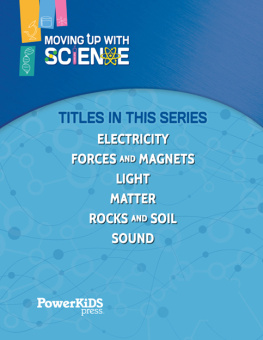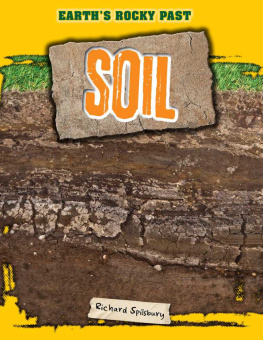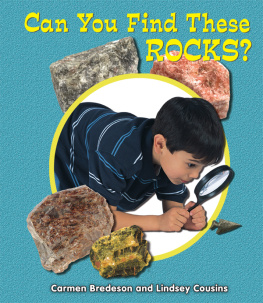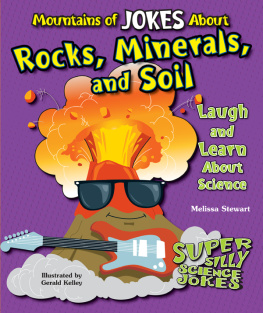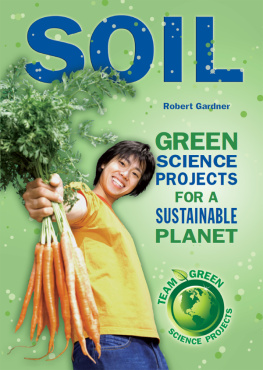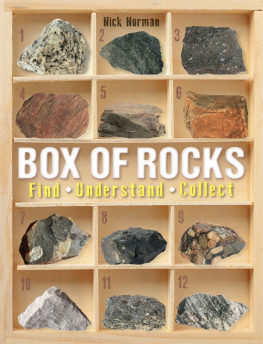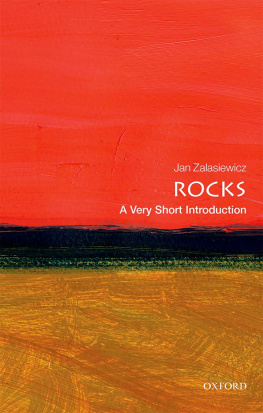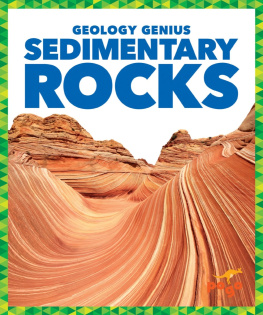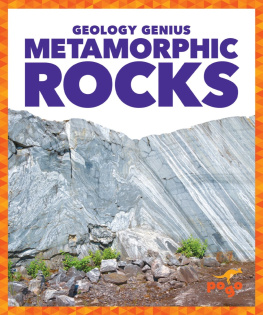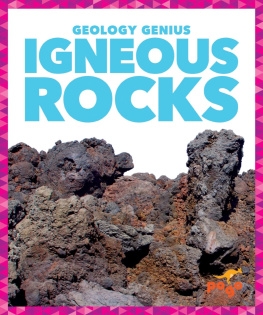Page List

To my granddaughter, Holly Jane.
Published in 2017 by
The Rosen Publishing Group, Inc.
29 East 21st Street, New York, NY 10010
Cataloging-in-Publication Data
Names: Riley, Peter.
Title: Rocks and soil / Peter Riley.
Description: New York : PowerKids Press, 2017. | Series: Moving up with science | Includes index.
Identifiers: ISBN 9781499431537 (pbk.) | ISBN 9781499431551 (library bound) | ISBN 9781499431544 (6 pack)
Subjects: LCSH: Rocks--Juvenile literature. | Soils--Juvenile literature.
Classification: LCC QE432.2 R55 2017 | DDC 552--d23
Copyright 2017 Franklin Watts, a division of Hachette Childrens Group
Editor: Hayley Fairhead
Designer: Elaine Wilkinson
Photo acknowledgments: BluesandViews p7b; Rasmus Holmboe Dahl p12; Elena Elisseeva p16r; Hans Engbers p24; Santiago Rodrguez Fontoba p8; Henrik_L p20; Vivian Mcaleavey p13; Ivan Nakonechnyy p19 pxhidalgo p9; Daniel Schreiber p11; Marcio Silva p25; Straga p15; Kheng Ho Toh p16l; Anthony Aneese Totah Jr p27; Trondur title page and p10; Derek Trott p5b; Shevelev Vladimir p17; Webspark p6; Juergen Weidmann p21 and p31; Michael Wood p14b. Artwork: John Alston
All other photographs by Leon Hargreaves.
With thanks to our models Sebastian Smith-Beatty and Sofia Bottomley.
All rights reserved. No part of this book may be reproduced in any form without permission in writing from the publisher, except by a reviewer.
Manufactured in the United States of America
CPSIA Compliance Information: Batch #BW17PK: For Further Information contact Rosen Publishing, New York, New York at 1-800-237-9932.
Contents
The Earth is a rocky planet , but where did the rocks come from?
How Earth began
Around 4.6 billion years ago a cloud of gas and dust swirled around in space. The gas came together and formed a star our sun. The dust particles crashed into each other and formed small pieces of rock, like gravel. These small pieces of rock crashed together and formed bigger lumps of rock, like boulders. These boulders crashed together and got bigger and bigger until, after millions of years, the Earth was formed. The dust particles crashed together to make other rocky planets too. These are Mercury, Venus and Mars.
Try the following experiment to show how a cloud of dust can make a rocky planet.
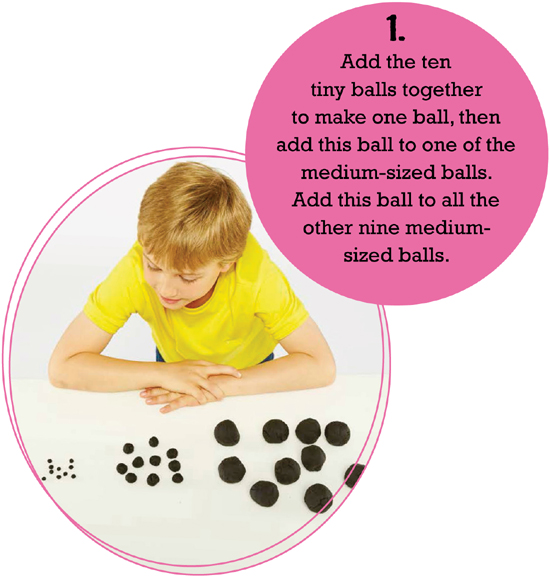
Equipment:
Ten tiny balls of modeling clay
Ten medium-sized balls of modeling clay, ten times larger than the original balls

Ten large balls of modeling clay, ten times larger again
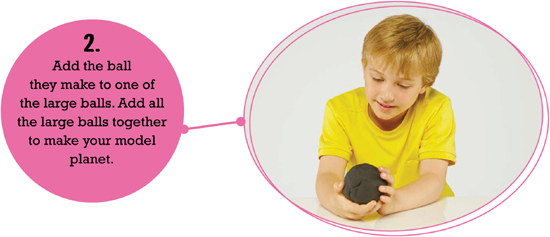
Asteroid belt
Some lumps of rock stopped crashing together and made asteroids. Asteroids form a huge belt around the rocky planets.
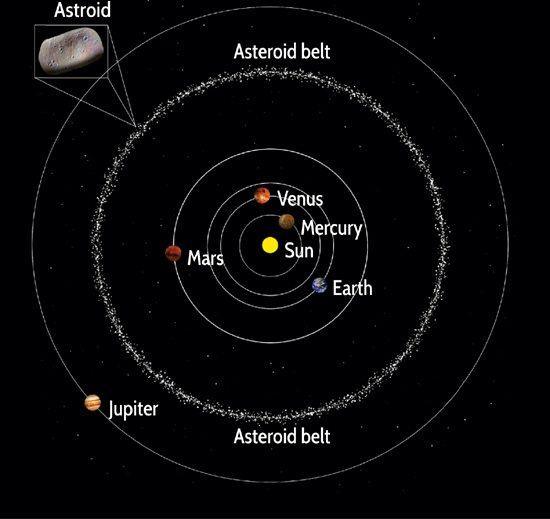
Other planets
Beyond the asteroid belt, lumps of rocks formed the center of other planets in our solar system. These planets have liquids and gases around their rocky centers. They are Jupiter, Saturn, Uranus and Neptune.
Many planets have moons around them. These are also made of rock.

Where do you find rocks in the solar system?
If you could slice open the Earth you would find that it has four parts. The part which forms the surface is called the crust . Beneath this is the mantle , and below the mantle are the outer core and inner core.
Different layers
The outer core is made from very hot liquid metal. The inner core is made from a huge metal ball that spins in the liquid. The Earths mantle is made of hot rock but the rock does not stay still. It moves very slowly under the Earths crust.
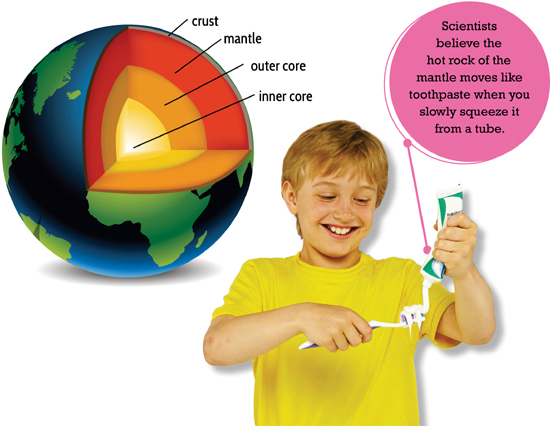
Earths moving crust
The Earths crust is made from a few huge slabs of rock called plates. They make up the land and the floors of the seas.
As the mantle moves it makes the slabs in the crust move. When the edges of the slabs rub together they make the crust shake. We call this shaking an earthquake. The slab of crust you are on now is moving very slowly. It is moving at the speed your fingernails are growing.
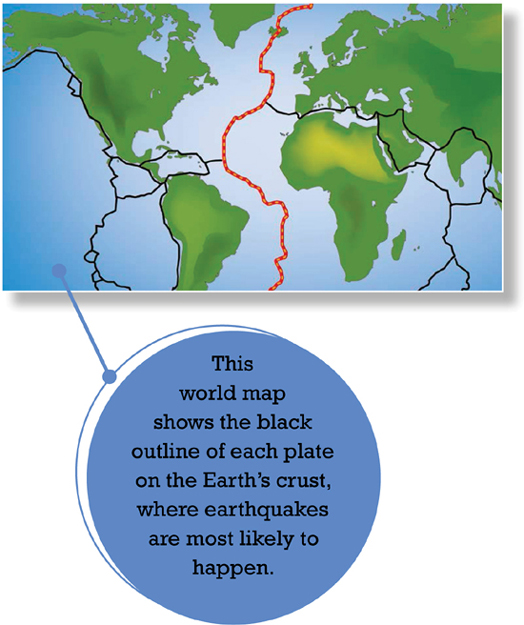

How fast are your fingernails growing? Ask an adult to cut your fingernails. Check them every few days to see how far the white part has grown over your fingertip.
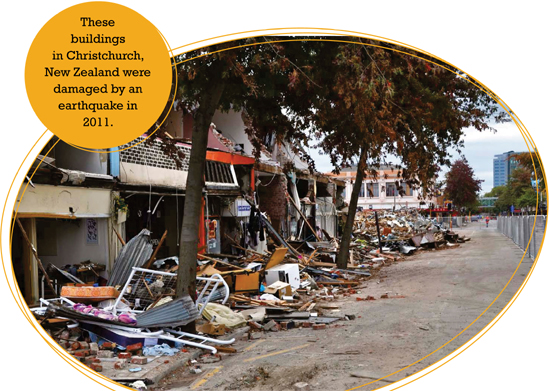
The rock in the Earths mantle is much hotter than the rock in the crust. In some places the hot mantle rock pushes up through cracks in the crust. This rock is called magma . It comes out of the crust at a volcano . There are two main types of volcano shield volcanoes and cone-shaped volcanoes.
Shield volcanoes
When a shield volcano erupts, the magma flows out and forms a liquid rock called lava. This cools down to make solid rock. The lava flows quickly and travels for long distances before it cools. This gives shield volcanoes gently sloping sides.
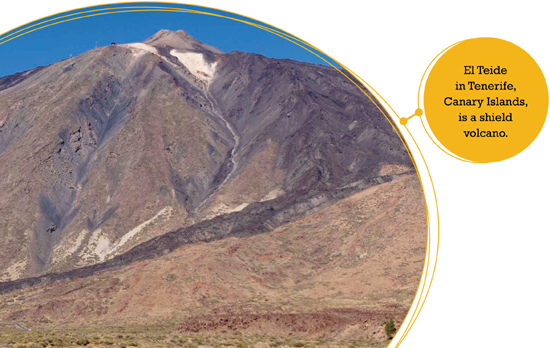
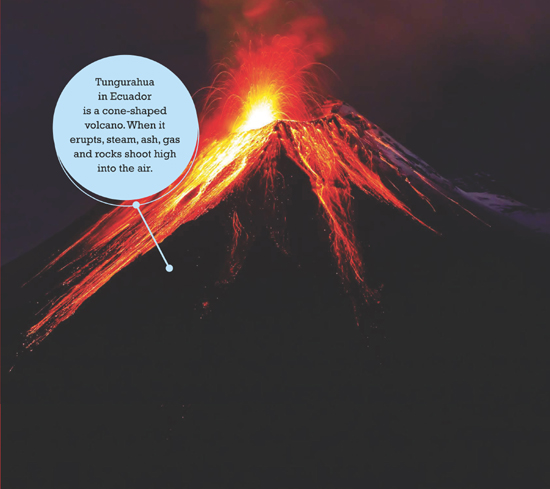
Cone-shaped volcanoes
Underneath a cone-shaped volcano, the magma builds up until it forces itself out in a great explosion. The erupting volcano shoots smelly gases, steam, ash and large rocks, called volcanic bombs, high into the air.
The steam, ash and gases form a cloud that settles over the land, while lava flows out of the top of the cone. When this lava cools down it forms solid rock.
Soil from volcanic rock
Some volcanoes have not erupted for a long time. They are called extinct volcanoes. Over thousands of years the rocks from the volcanoes break down to make a rich soil which farmers use to grow their crops.

